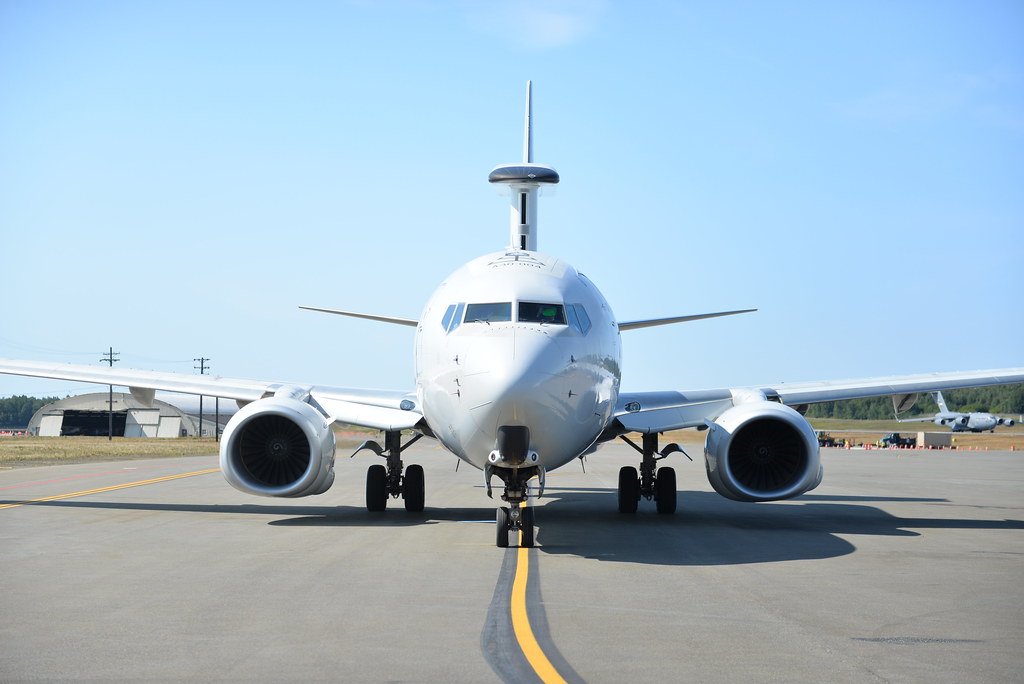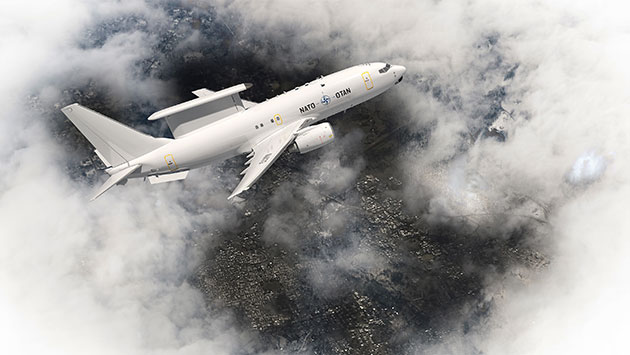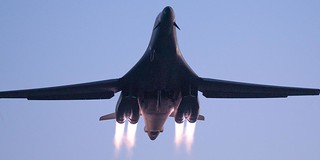E-7A Wedgetail, the new radar aircraft chosen by NATO to replace its E-3 Sentry
The veterans NATO's E-3A Sentry Airborne Warning and Control Systems (AWACS) already have a replacement in sight.
A few days ago, the NATO Support and Procurement Agency (NSPA) announced the choice of the Boeing E-7A Wedgetail as the new aircraft for its Airborne Early Warning and Control Force (NAEW&C Force), currently equipped with 14 E-3A Sentry radar aircraft acquired in 1978 (the survivors of a total of 18 units), which were delivered between February 1982 and May 1985.

The Boeing E-7 Wedgetail is the AEW&C (airborne early warning and control) version of the Boeing 737, one of the most widespread commercial aircraft in the world, with more than 10,000 units built. The E-7 made its first flight in 2004 and is currently operational in three air forces: those of Australia, South Korea and Turkey. It has also been acquired by the British Royal Air Force (RAF) and by the United States Air Force (USAF), in order to replace their veteran E-3s. Sentry (already retired, in the case of the RAF).

In addition to having two engines instead of four and its smaller size, the most striking difference between the E-7 and the E-3 is its radar antenna. While the E-3 carries its passive electronically scanned array radar system mounted in a rotodome (a rotating circular installation) on the fuselage, the E-7 carries a MESA (multifunction electronically scanned array) radar mounted on a fin. dorsal, which offers less aerodynamic resistance. While the E-3's radar has a range of about 400 km, the E-7's radar reaches up to 650 km, being able to track up to 180 targets simultaneously, including up to 24 targets based on interception .

"The E-7 Wedgetail is an advanced early warning and control aircraft that provides situational awareness and command and control functions", NATO has been highlighted. "Equipped with a powerful radar, the aircraft can detect hostile aircraft, missiles and ships at great distances and can direct NATO fighter jets to their targets." The Atlantic Alliance has noted that the main base of the E-7A will be in Geilenkirchen, Germany, where its E-3A fleet is currently located.

---
Main image: The War Zone. Artist's recreation of one of NATO's future E-7A Wedgetails.
|
Don't miss the news and content that interest you. Receive the free daily newsletter in your email: |
- Most read
- US F-35A fighters flying with Polish F-16s over Poland at a time of great tension
- The Harrier IIs of the Spanish Navy fly with F-16 and F-4E of the Hellenic Air Force
- The brutal 'touch and go' of a Lufthansa Boeing 747 at Los Angeles Airport
- The deployment of Spanish soldiers of the Regulars and BRILAT near Russian territory
- The loading of two Spanish CH-47F Chinook helicopters on a Ukrainian Antonov An-124
- Eurofighter vs F-35: the opinions of professional pilots on these advanced fighters
- Sierra Army Depot, a huge United States base with hundreds of Abrams tanks stored

 ES
ES







Opina sobre esta entrada: